Electric planes: a quiet revolution in the Swiss skies
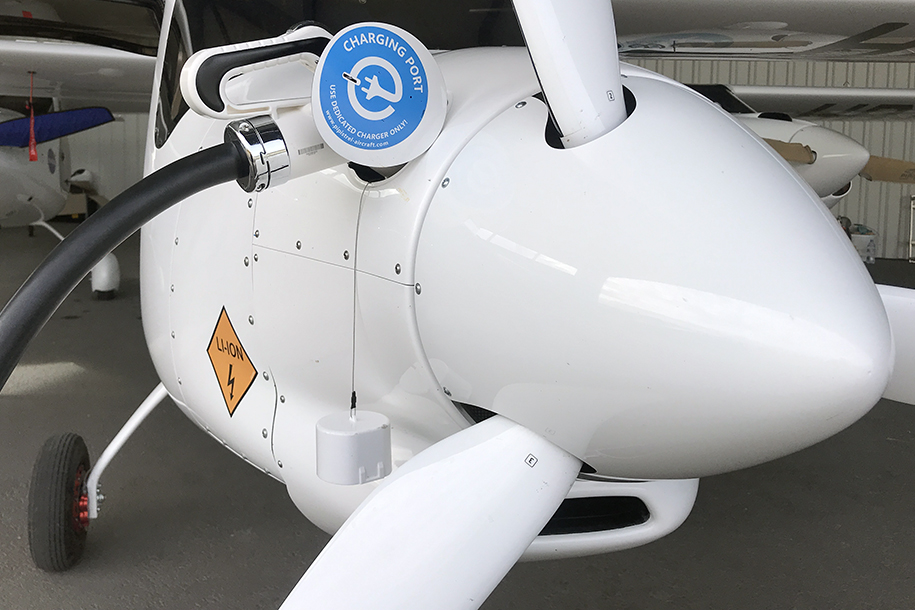
The world’s first certified electric aircraft recently completed its maiden flight in Switzerland, as the number of electric aviation projects soars worldwide. We took a ride on the Pipistrel Velis Electro to find out what flights of the future might feel like.
The first thing that hits you is the noise – or lack thereof. As we prepare for take-off, from inside the tiny cockpit the whirr of the electric engine sounds like a noisy dishwasher.
Marc Corpataux, the pilot, completes his safety checklist: “Full batteries – check”. He increases the revs and the two-seater trainer plane accelerates down the narrow airstrip at Ecuvillens, in western Switzerland. A simple pull back on the control stick and we are airborne, effortlessly climbing above the rolling autumnal countryside.
It’s a perfect trainer plane, explains Corpataux, “very easy to fly, so stable in the air”.
As we cruise above mountain valleys, he momentarily takes his hands off the control stick to show off the plane’s steadiness. He then banks sharply right. Below, the dark green Schwarzsee lake looms into view, then disappears as Marc points the plane skywards.
“It has a maximum flying time of only 45 minutes, which is a typical training session. Here in Ecuvillens, this gives you about seven circuits. The plane’s perfect for a training session but its mission is not really going cross-country,” he adds.
The electric plane is no slouch: its 78 horse-power electric motor offers a maximum speed of 181 km/h (113 mph or 98 knots). But the most surprising aspect is definitely the quiet engine. Officially, the plane has a maximum noise level of 60 decibels (dBA)External link, which is said to be the same as a normal conversation.
“It’s about half the noise level of a similar-sized light aircraft,” Corpataux says. “When you are on the ground you can hear the propeller when taking off, but once past your cruising position, you won’t hear it.”
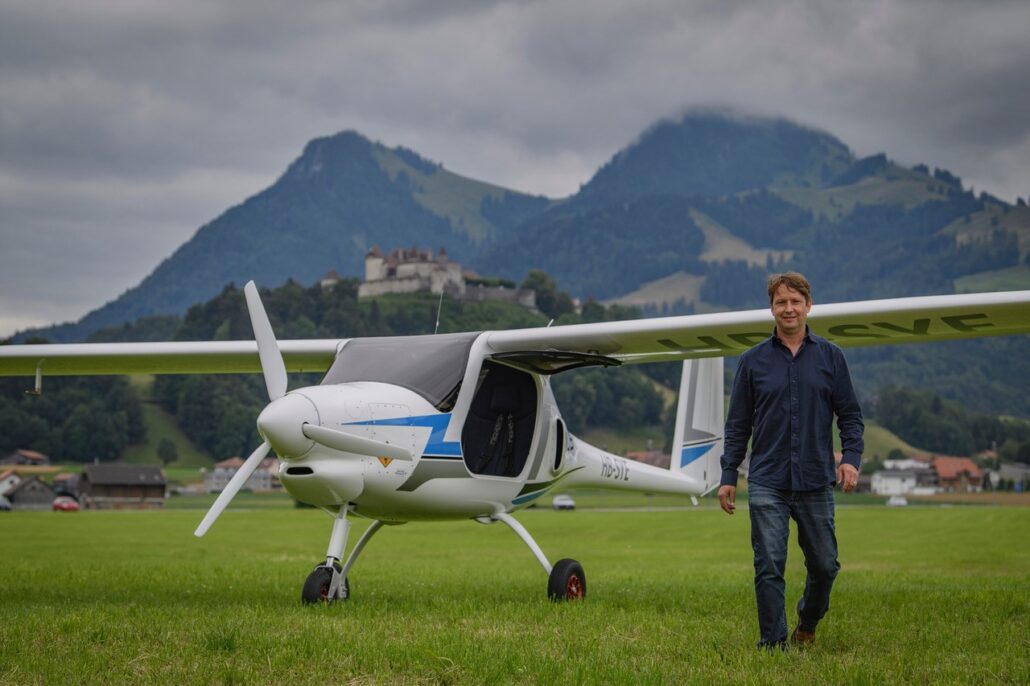
Flying schools
Corpataux runs AlpinAirPlanes, based at Ecuvillens, south of the city of Fribourg, together with two colleagues. The official Pipistrel distributor took delivery of the first of 14 Velis Electro airplanes in July. Their business plan is to rent out 12 of them to flying schools across Switzerland; they already have seven contracts signed.
Demand for electric planes among flying schools is high, he says – because they’re quiet.
“Every aerodrome has the problem of neighbours complaining about noisy aircraft,” he explains. “When you train, at the beginning the most important thing is to fly around the aerodrome and do lots of take-offs and landings but this creates constant noise all day long. With a plane that you can hardly hear it’s so much of an advantage that every flight school is interested.”
In a densely populated country like Switzerland, local protests against noisy aircraft are not uncommon. In late September, over 100 residents who live close to Lausanne’s Blécherette airport organised a protest to complain about the 36,000 annual flights, noise and pollution. They are demanding the regional airfield be closed.
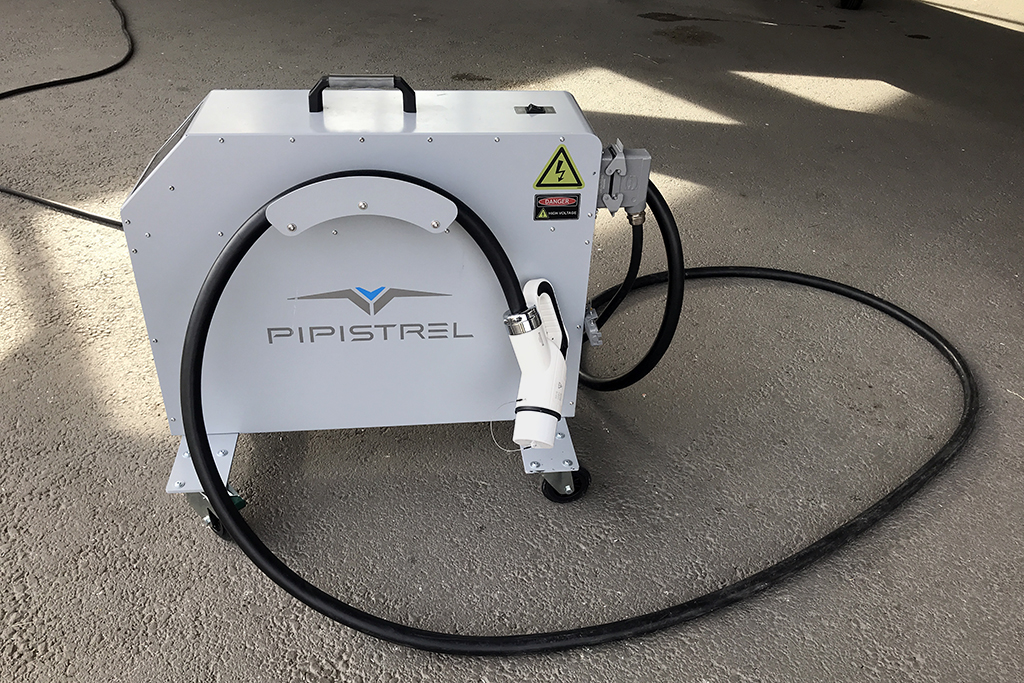
Electric market
When will we start seeing more electric planes in the skies? The aviation industry is under pressure to de-carbonise, but bigger fully electric planes in the 150-200 passenger short-haul bracket are not expected to be flying before the 2030-40s.
Meanwhile, hybrid electric planes carrying around 100 people will be flying commercially by 2029, according to British aero-engines maker Rolls-Royce. UBSExternal link forecasts a $178-billion hybrid electric aviation market by 2040, while Siemens predicts that electric propulsion will be the “standard solution” for all aircraft segments by 2050.
There is growing interest. A 2020 report from consultant Roland Berger showed that the number of electrically propelled aircraft proposals rose by 30%External link in 2019 to more than 200 projects.
Fans of electric-powered aircraft argue that they hold out the promise of quieter, cheaper flight, lower maintenance costs and a technology that could curb aviation emissions that continue to climb as air traffic doubles every 15 years. Airports could also in theory operate longer hours because they are quieter.
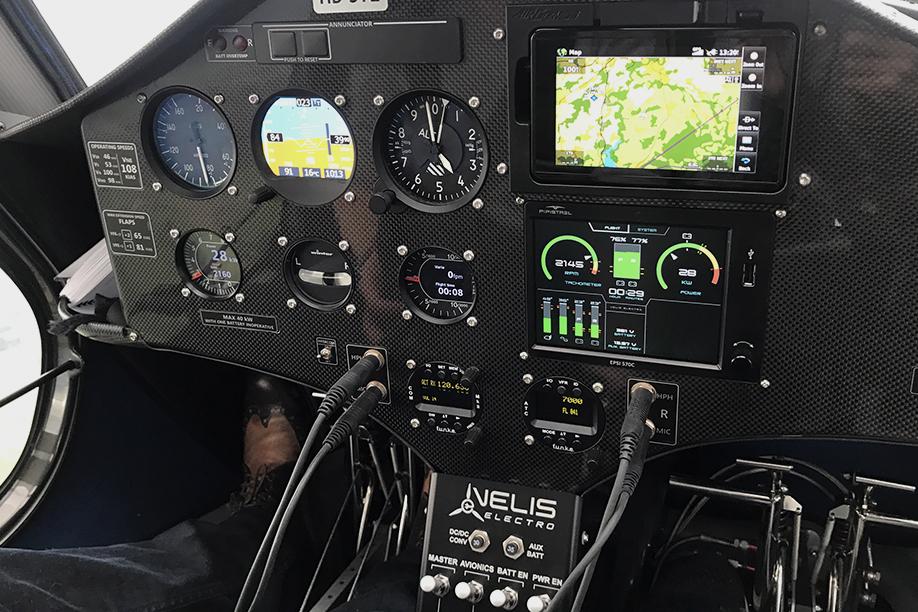
The small Velis Electro trainer plane costs CHF188,620 ($206,000). Corpataux claims that operating costs are much lower than on ordinary combustion-engine planes and that maintenance is about one-third.
Proud of their green credentials, Pipistrel boasts that the electric aircraft produces “no combustion gases”. Meanwhile, AlpinAirPlanes’ rental agreement provides each flying school with 150 square metres of solar panels that can produce 30,000 kilowatt hours (kWh) of power, or the equivalent of 1,200 flight hours. An electric charger can recharge the batteries in one hour on the ground.
“The long-term idea of the project is to create a network of chargers so you can fly across Switzerland with an electric plane,” explains the CEO.
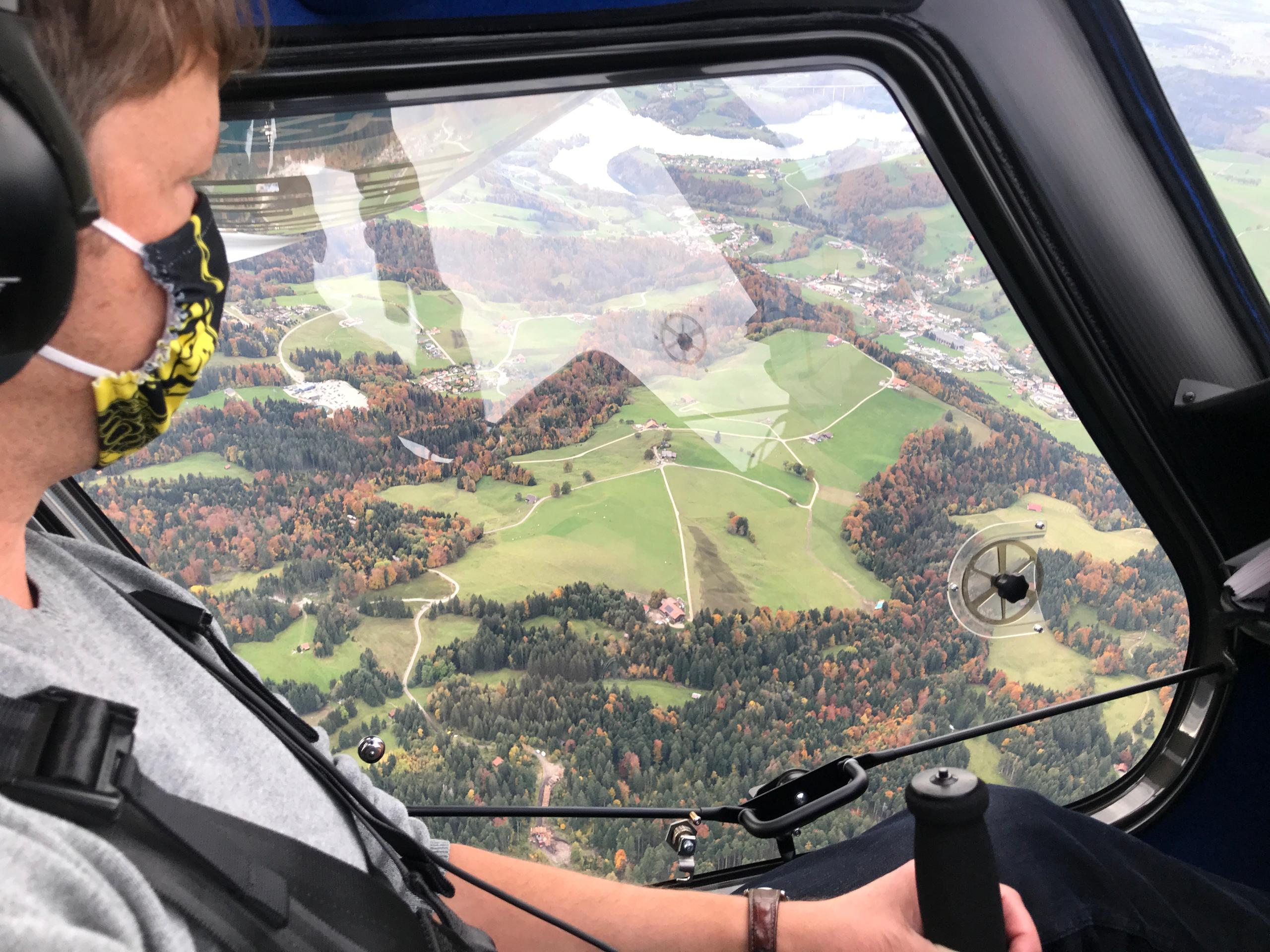
Heavy batteries
Yet battery technology remains electric planes’ Achilles heel. While the push for electric cars is driving huge developments in batteries and systems, the aviation industry still faces huge technical challenges. Batteries and fuel cells are still far too heavy.
The Velis Electro’s electric engine is powered by two liquid-cooled 11 kWh lithium batteries connected in parallel. One battery is mounted in the nose and the other behind the cabin for balance. The two batteries are independent of each other. If one fails, you still have the other to give enough power to keep the aircraft in flight.
The engine itself is small and light, only 11 kilogrammes (24 lbs), but each battery is about 70 kg (154 lbs). Together, they account for about one-third of the total weight of the plane, and thus limit its range.
The two-seater light aircraft is produced by the Slovenian manufacturer Pipistrel and costs CHF188,620 ($206,000). It belongs to the light sport aircraft category and is mainly used for basic pilot training.
The electric plane is built out of composite materials and has an empty weight of 428 kg (944 lb) and a gross weight of 600 kg. The plane is 6.4 m long and has a 10.7 m wingspan.
It has a 57.6 kilowatt hours (kWh), or 78 horsepower, electric engine, which is powered by two 11 kWh lithium batteries that offer a maximum flight time of 50 minutes, plus a ten-minute reserve.
It has a maximum speed of 181 kilometres per hour (113 mph or 98 knots) and a cruising speed of 170 km/h (100 mph).
The Fribourg entrepreneur is nonetheless confident that battery innovation is advancing fast. He plans to change the plane batteries in two years, when he expects more powerful ones will be available. And by then, instead of having 11 kWh of power for 45 minutes of flying, or a 150 km range, he believes new, more powerful batteries on the market should be able to double his time in the air.
Federal support
The market is developing rapidly and Corpataux predicts that Switzerland will soon see larger electric planes used for regional flights. But he is betting on hybrid electric models and hydrogen fuel cells, which he says have much higher density and are lighter, offering more power.
“In the future we’ll have airplanes that are noise-free, even when they are bigger and heavier. You can imagine pure electric take-off and then you switch on the hybrid later on. We believe that this new technology will attract young people to flying and the aviation community will grow,” he says.
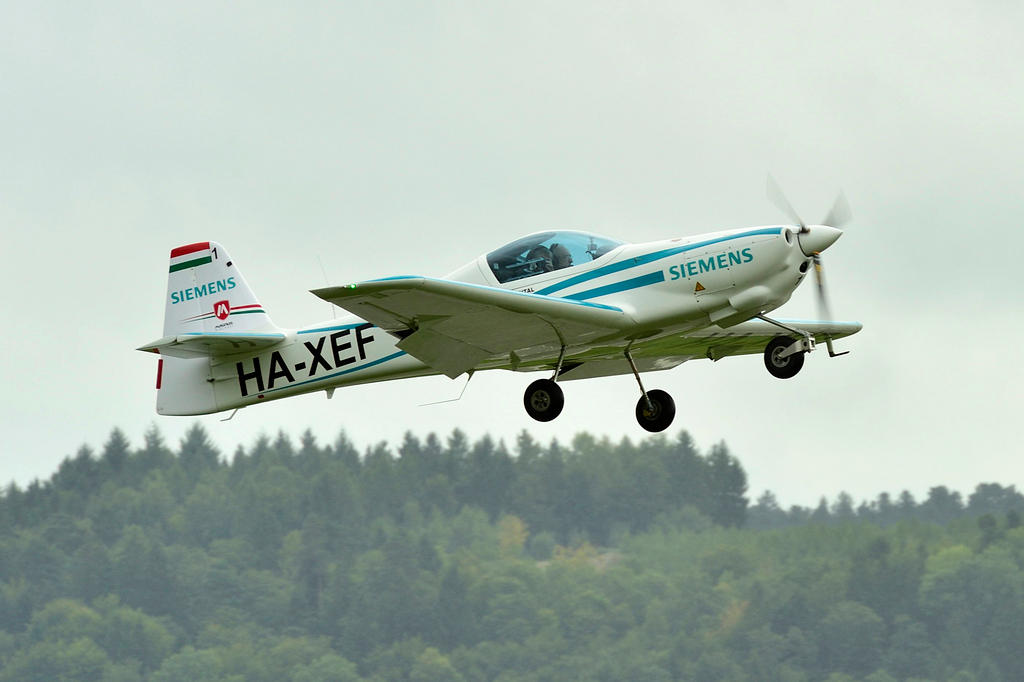
More
Silent aircraft soar through Swiss skies
And undoubtedly, they will have the support of the Swiss authoritiesExternal link, which were quick to take advantage of the Pipistrel electric project and presence of electric planes on Swiss territory to gain valuable experience for the future certification of environmentally friendly aircraft.
The delivery of his first Velis Electro in July coincided with the Federal Office of Civil Aviation (FOCA) granting certificationExternal link for the electric plane, after a three-year process that involved other aviation authorities and the European Union Aviation Safety Agency (EASA). Up to now, only combustion engines were regulated for small aircraft.
According to Corpataux, officials from the aviation office were involved from the beginning of the process until the day the airplane was delivered.
“They were happy they had finally taken the hurdle,” he says. “Up to 50 people were involved in the certification for this small airplane. You can see its importance. It may be only a small two-seater but it’s a big step for aviation.”
A light suddenly flashes on the instrument panel to tell us that the plane’s batteries are below 30% capacity and it is time to return. With the power on zero, we glide over thick forests and gently land back at Ecuvillens. The cows in a nearby farmer’s field hardly blink an eye.

More
The sky’s the limit: Swiss aviation pioneers

In compliance with the JTI standards
More: SWI swissinfo.ch certified by the Journalism Trust Initiative








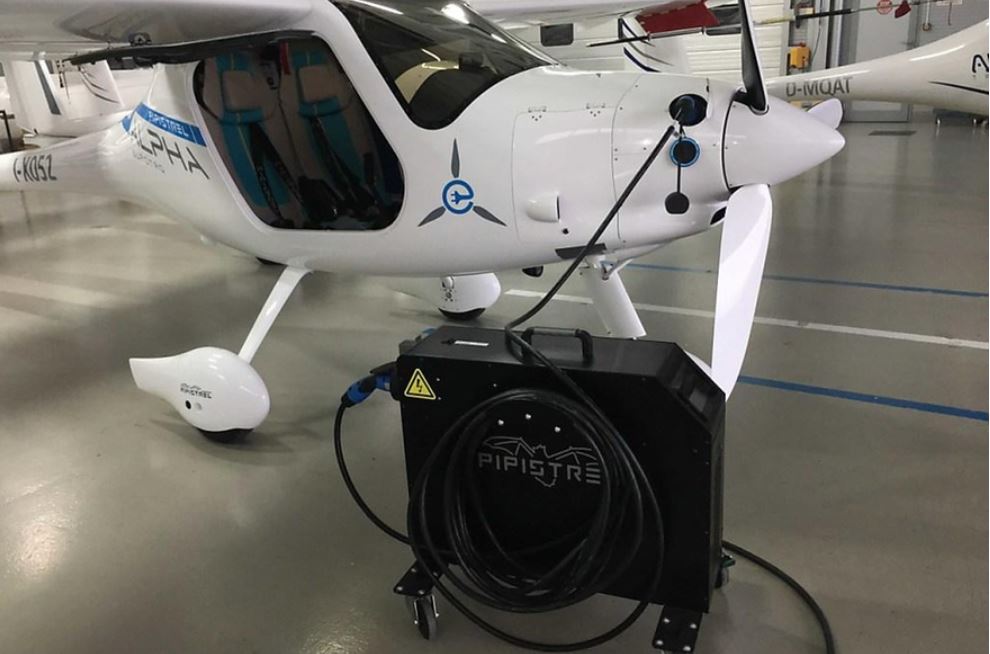

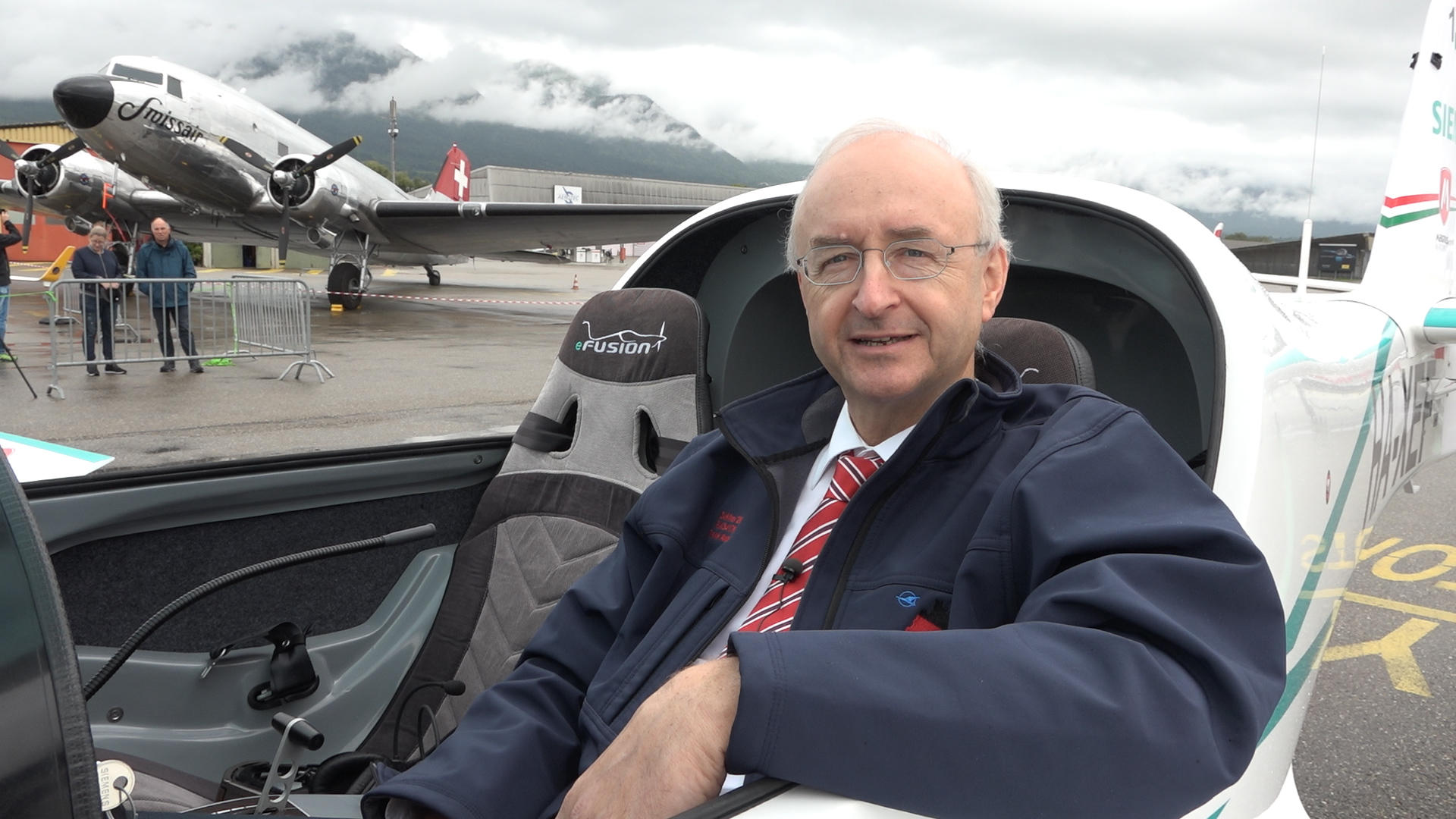
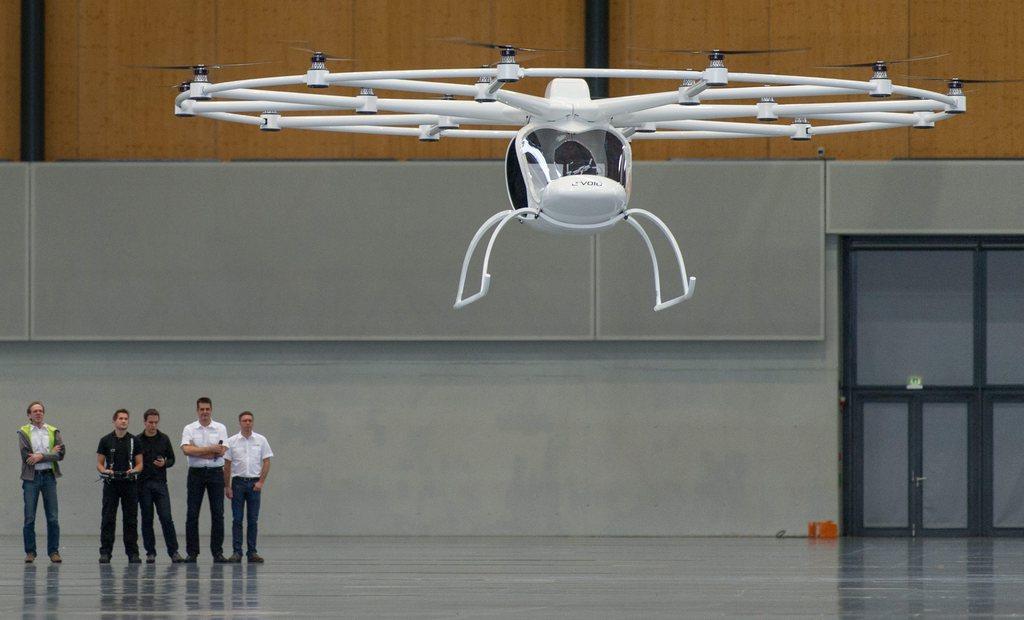
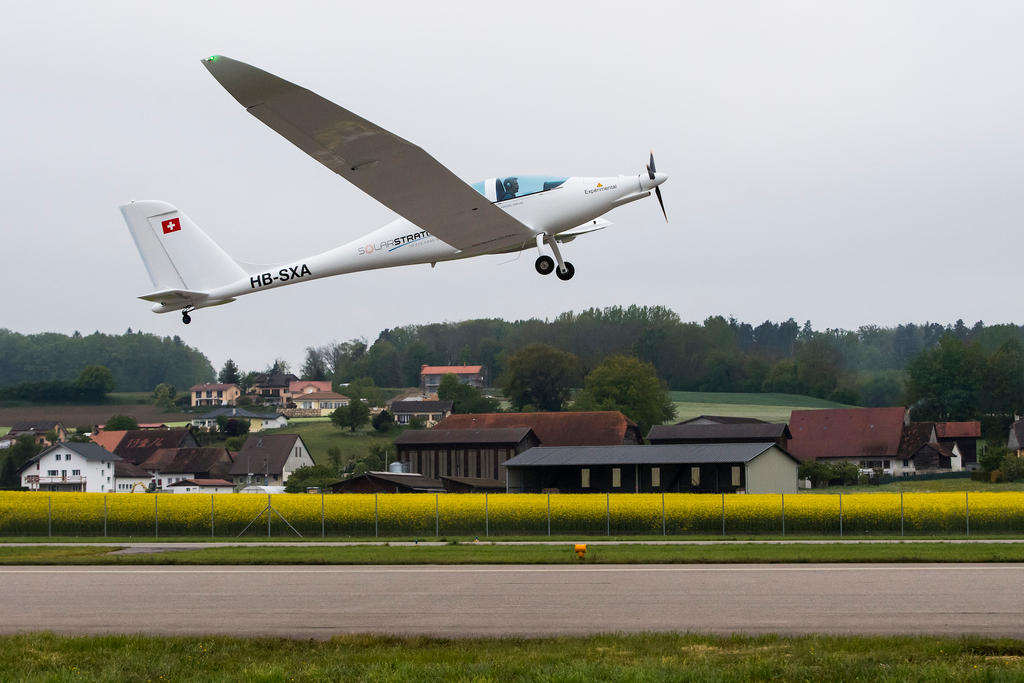

You can find an overview of ongoing debates with our journalists here . Please join us!
If you want to start a conversation about a topic raised in this article or want to report factual errors, email us at english@swissinfo.ch.